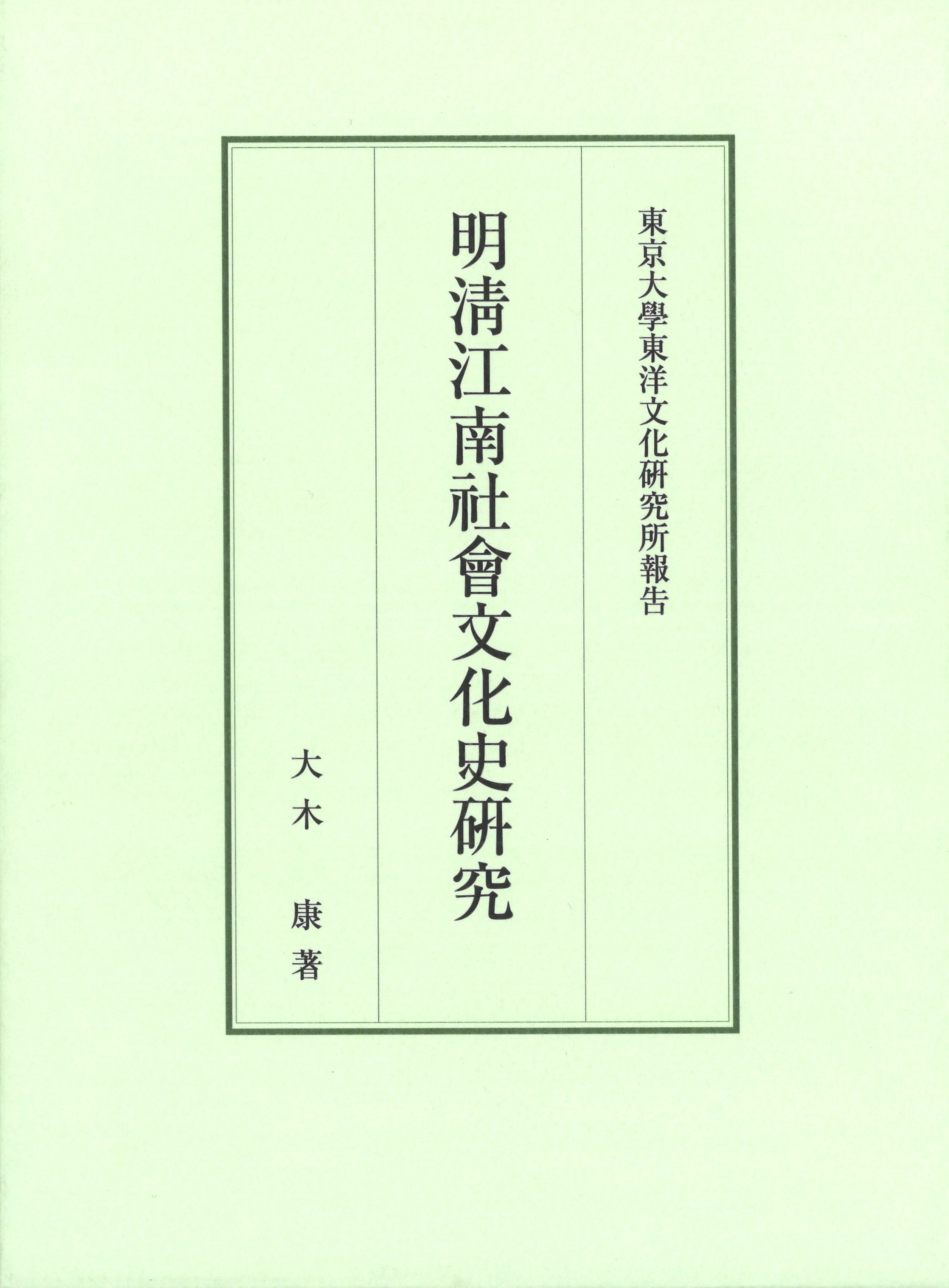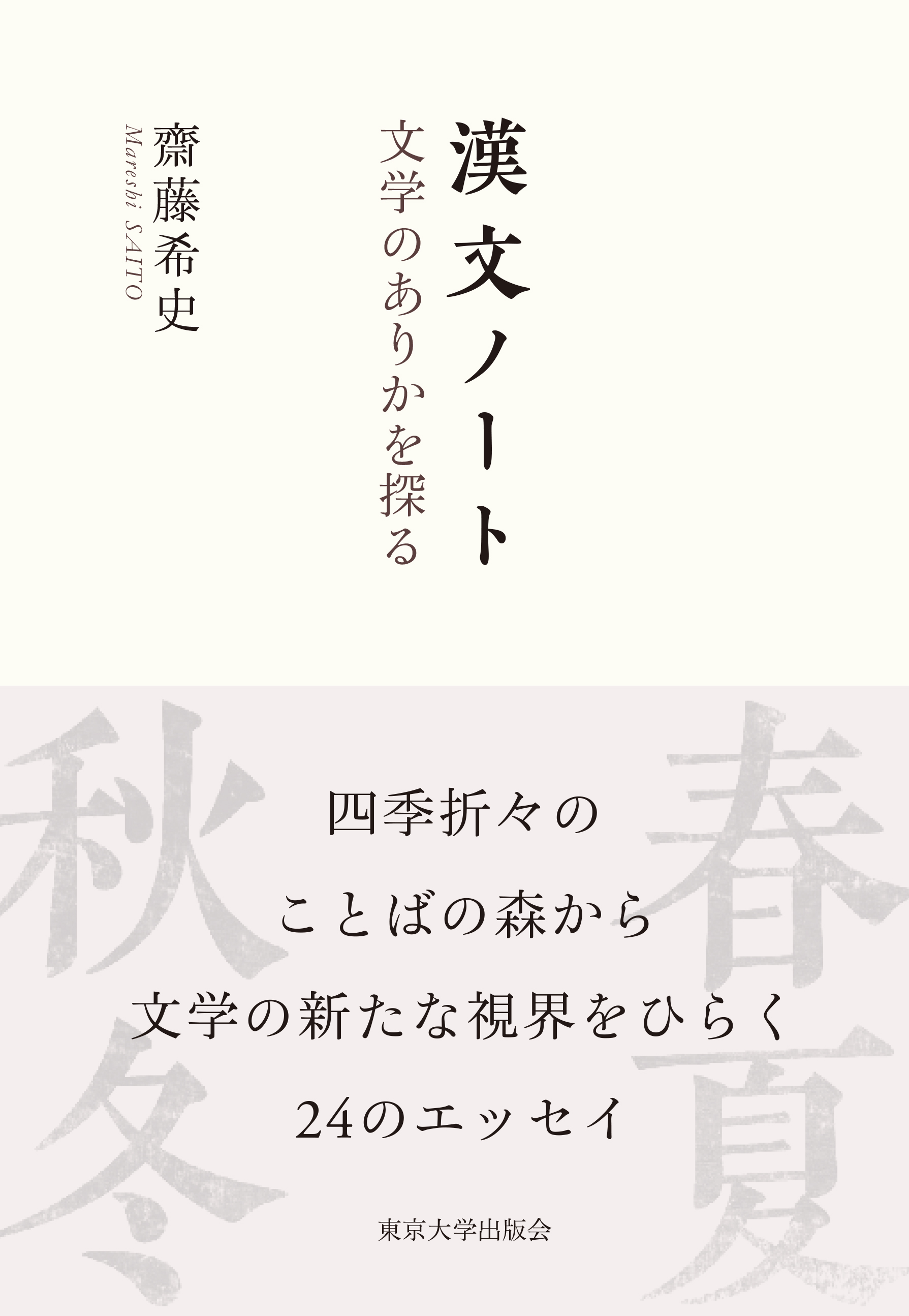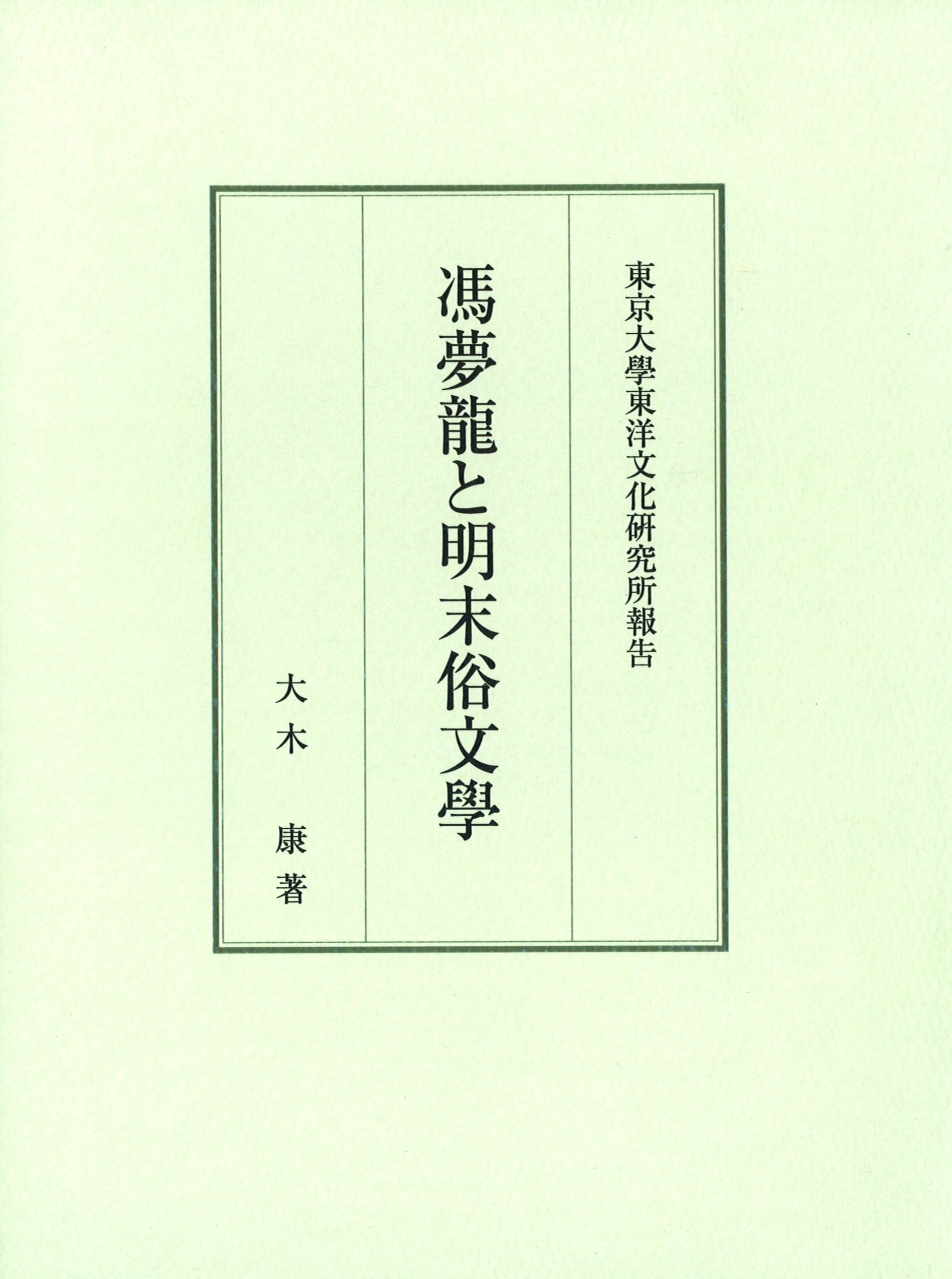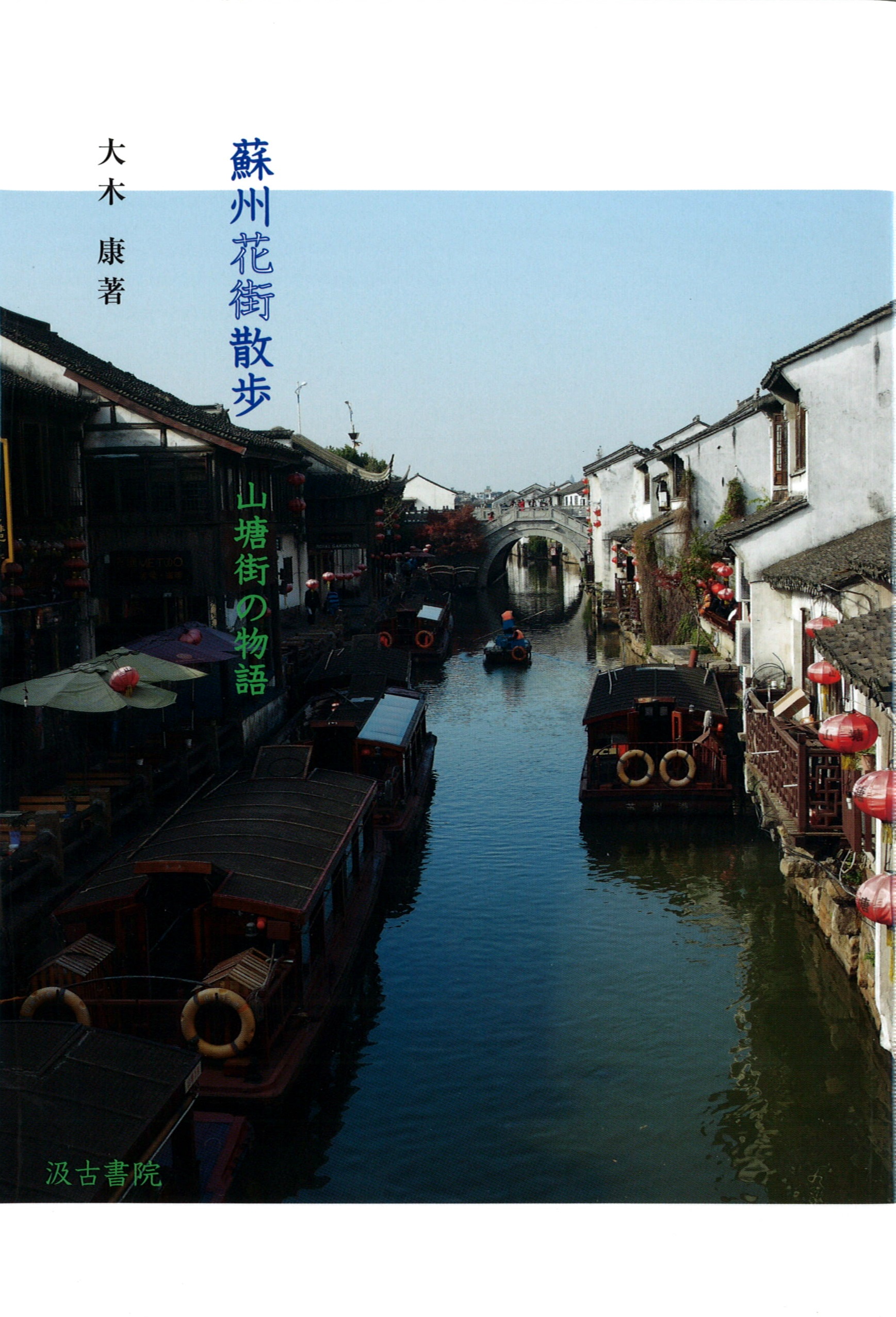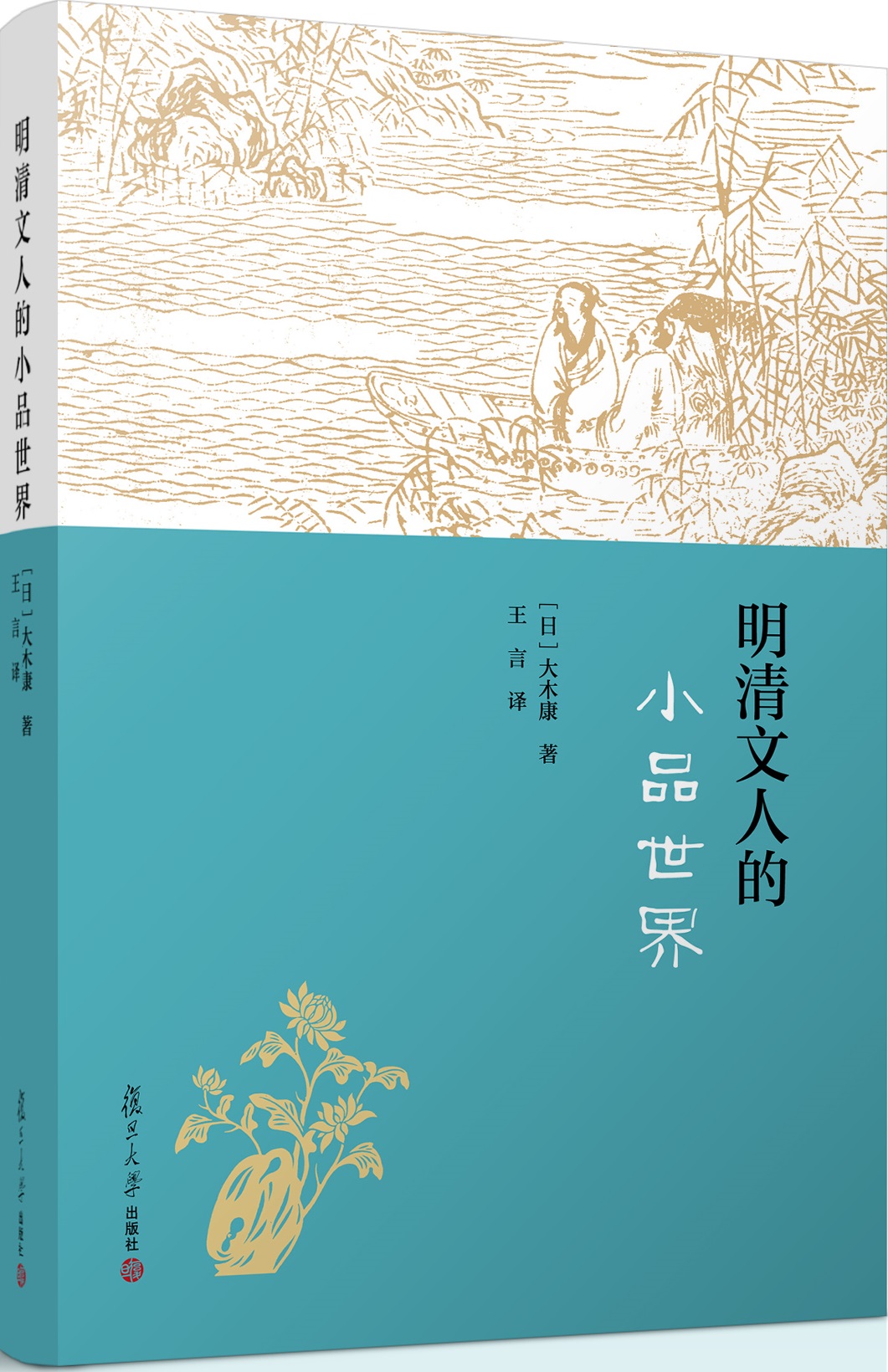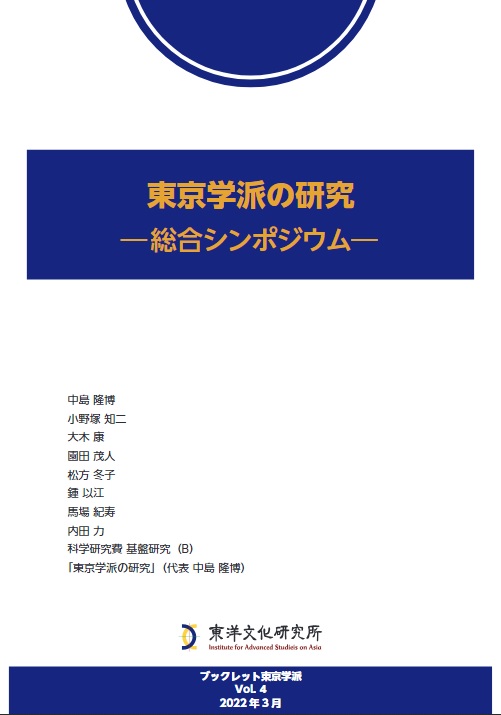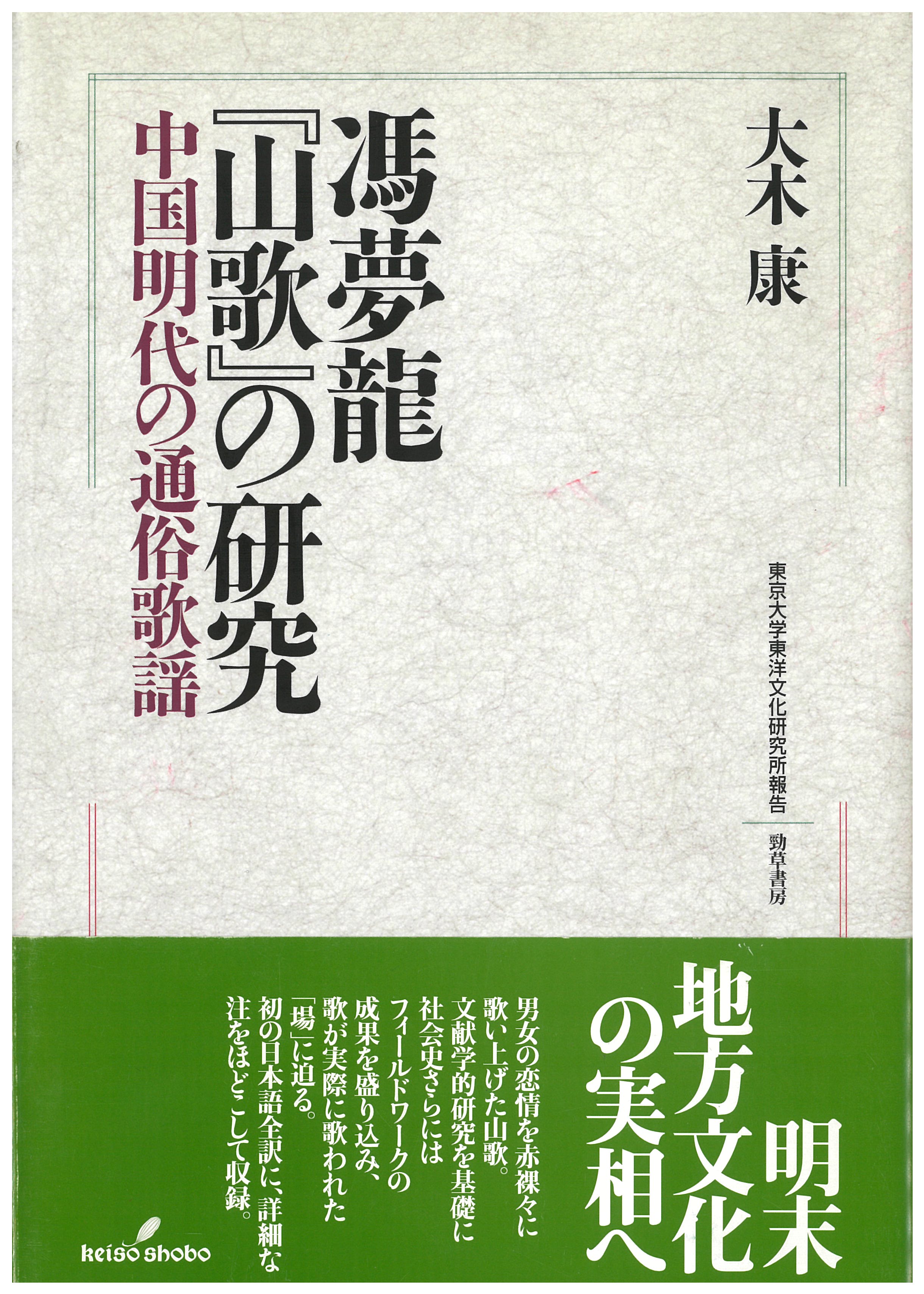
Title
Monograph Series of the Institute for Advanced Studies on Asia, University of Tokyo Fu Bouryo “Sanka” no Kenkyu (A Study of Feng Menglong’s Shange [Mountain Songs]: Popular Songs of China’s Ming Period)
Size
824 pages
Language
Japanese
Released
March, 2003
ISBN
9784326800490
Published by
Keisho Shobo (Book-On-Demand)
Book Info
See Book Availability at Library
Japanese Page
Vernacular novels such as the Sanguo zhi yanyi (Romance of the Three Kingdoms), Shuihu zhuan (Water Margin), Xiyouji (Journey to the West), and Hongloumeng (Dream of the Red Chamber) may be described, along with the poetry of Tao Yuanming, Li Bo, Du Fu, Su Dongpo, and so on, as representative works of Chinese literature. Although the stories told in the Sanguo zhi and Shuihu zhuan may have been circulating earlier, they took the form of the full-length novels in which they are read today from the middle to latter part of the Ming period onwards. Why, then, did large numbers of vernacular novels suddenly appear in the latter part of the Ming period? This is a rather important question when considering the history of Chinese literature.
I have attempted to answer this question by focusing on Feng Menglong (1574–1646), a man of letters who lived in Suzhou in the late Ming. Feng Menglong compiled various works of popular literature, including the Sanyan collections of vernacular short stories, the Shange (an anthology of Suzhou folk songs), and the Xiaofu (a collection of humorous tales), and he is regarded as a standard-bearer of late-Ming popular literature. Although he failed to pass the civil service examinations, he was indisputably an intellectual of his period. Why would he have taken such an interest in popular literature? He could be said to provide valuable material for considering the overall popularity of popular literature in the late Ming.
The Shange consists of 10 juan, or fascicles, and brings together a total of 380 songs from Suzhou. To give one example, the song “Cleverness” from juan 1 reads as follows:
Mother is clever, but her daughter is clever too.
Mother has strewn the floor with lime.
So I carry my boyfriend to the bed on my back.
Together we leave one person’s footprints on the floor.
Almost the entire anthology consists of songs such as these that describe male-female love in quite explicit terms. Furthermore, Feng Menglong transcribed these songs in the contemporary Suzhou dialect. Why did he collect them with such dedication? In this connection, he writes in the preface to the Shange that poems produced by contemporary poets were overly concerned with form and had lost their emotional impact, whereas songs sung by the common people sang of the true emotions of men and women and were genuinely moving. The poems of scholar-officials were “false,” while the songs of commoners were “genuine.”
Feng Menglong collected these songs himself and compiled an anthology of this scale, but the idea that genuine poetry or literature was to be found among the common people was in fact shared by a considerable number of literati during the Ming. It was probably because there already existed this underlying idea that so many works of popular literature were produced during the Ming period.
The present book consists of two parts. Part 1 is a study of the Shange, while part 2 provides an annotated Japanese translation of all 380 songs and is, needless to say, the first Japanese translation of the Shange. It is no easy matter to decipher these songs, which are recorded in the Suzhou dialect of more than four hundred years ago, but when I was studying at Fudan University in Shanghai in 1984–85 I received detailed instruction in how to read them from my supervisor, Professor Jiang Jurong. This book is based on my dissertation, which I subsequently spent more than ten years completing and submitted in 1997.
A portion of part 2 of this book has been published in English translation by Brill under the title Shan’ge, the ‘Mountain Songs’: Love Songs in Ming China, while a Chinese translation of part 1 was published by Fudan University Press in 2017.
(Written by OKI Yasushi, Professor, Institute for Advanced Studies on Asia / 2018)
Related Info
Shan’ge the ‘Mountain Songs’ (published in Feb 17, 2011 by BRILL)
https://brill.com/abstract/title/19163
Chinese version:
冯梦龙《山歌》研究 (published in June 2017, by Fudan University Press)
http://www.fudanpress.com.cn/showdetail.asp?bookid=11721
Pi-ching Hsu / Shan'ge, the "Mountain Songs" (“China Review International” Vol.17, No.4 2010)
https://www.jstor.org/stable/23733339?seq=1#page_scan_tab_contents



 Find a book
Find a book


